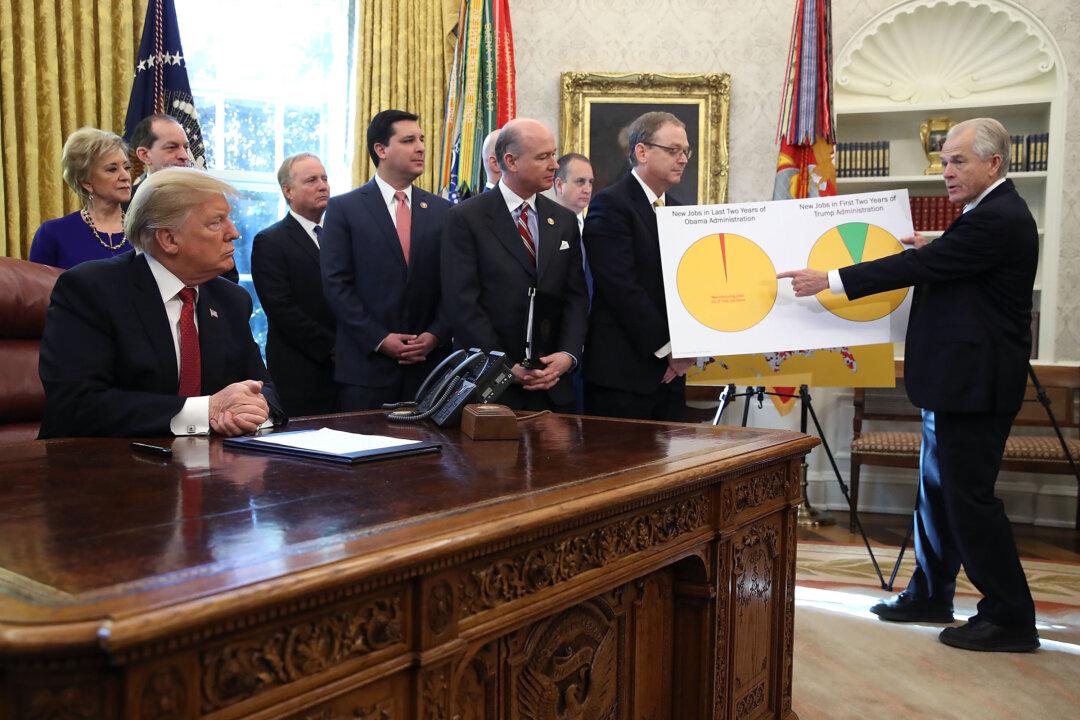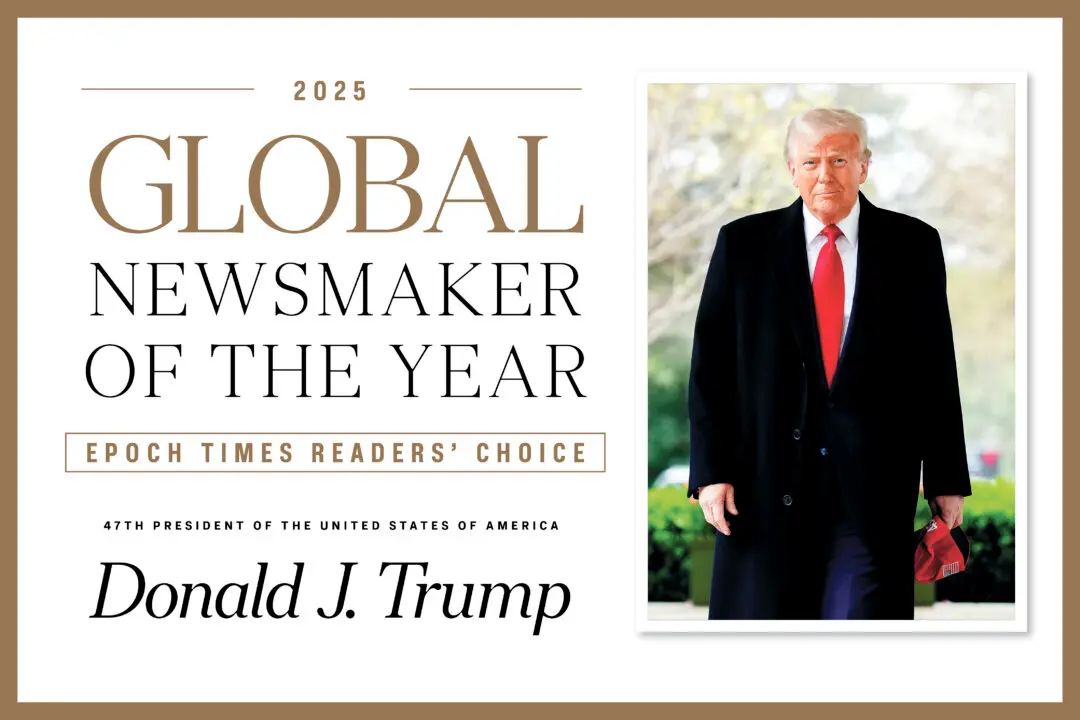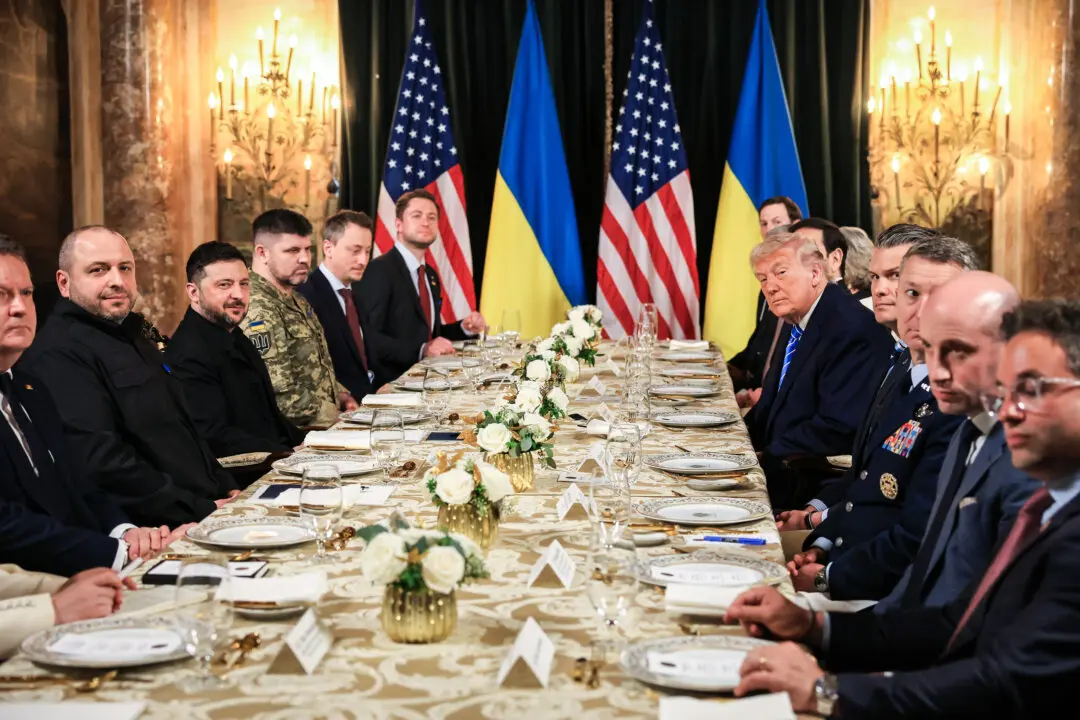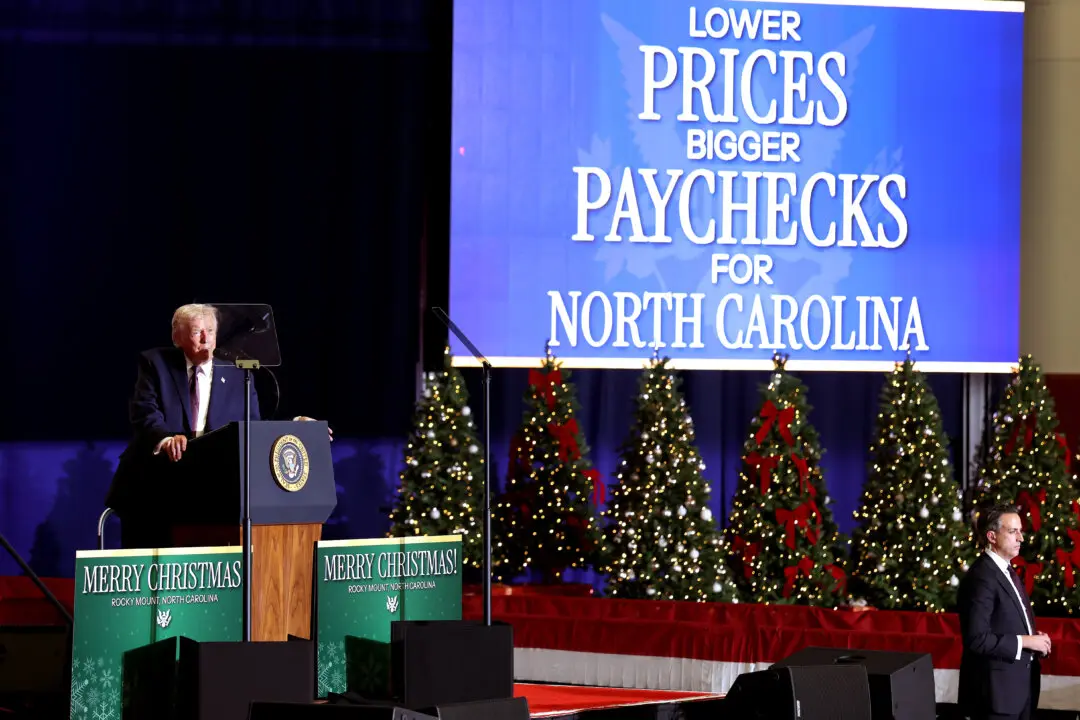WASHINGTON—The Trump administration is pushing lawmakers to revive the U.S. Export and Import Bank, by breaking the logjam that has prevented the bank from operating since 2015.
The federal export credit agency can’t approve loans and guarantees above $10 million, since a minimum of three board members is required to have a quorum. Confirmation of the nominees sent by the White House by the full Senate will allow the bank to finance large projects of U.S. exporters, such as commercial aircraft and power turbines.





